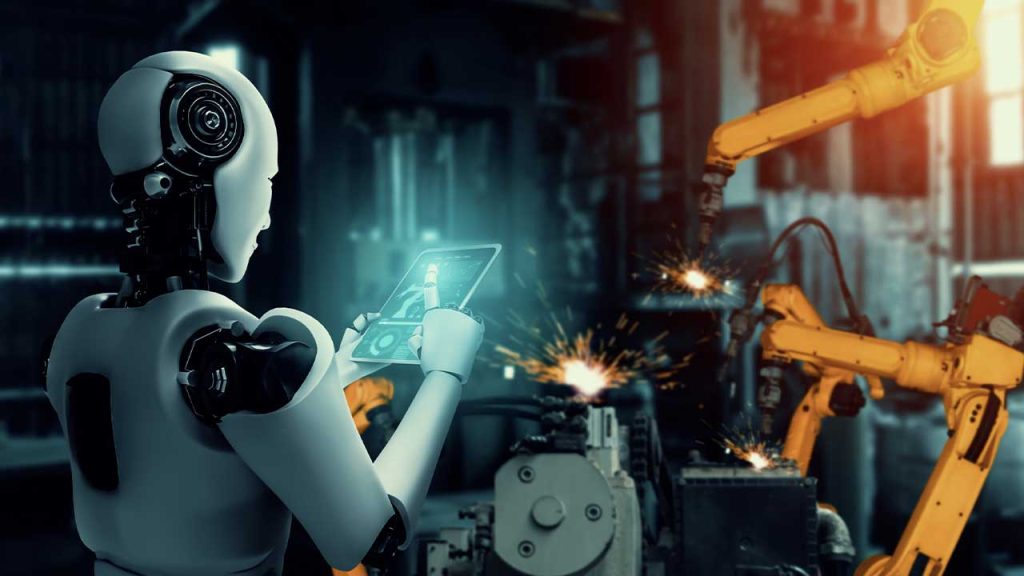
Industry 4.0 project stuck in pilot? Tackle these 5 roadblocks
Maybe you’re tired of hearing about Industry 4.0, but we’re just now getting to the good part. Attitudes about Industry 4.0 use cases—and digital transformation as a whole—are largely optimistic among industrial companies. State of the…

From Pilot Purgatory to Generative AI: Building Scalable IIoT and Machine Learning in Manufacturing
The promise of IIoT and machine learning in manufacturing is well understood – predictive maintenance, optimized energy use, and real-time quality control can save millions in downtime and waste. Yet many organizations remain stuck in “pilot…
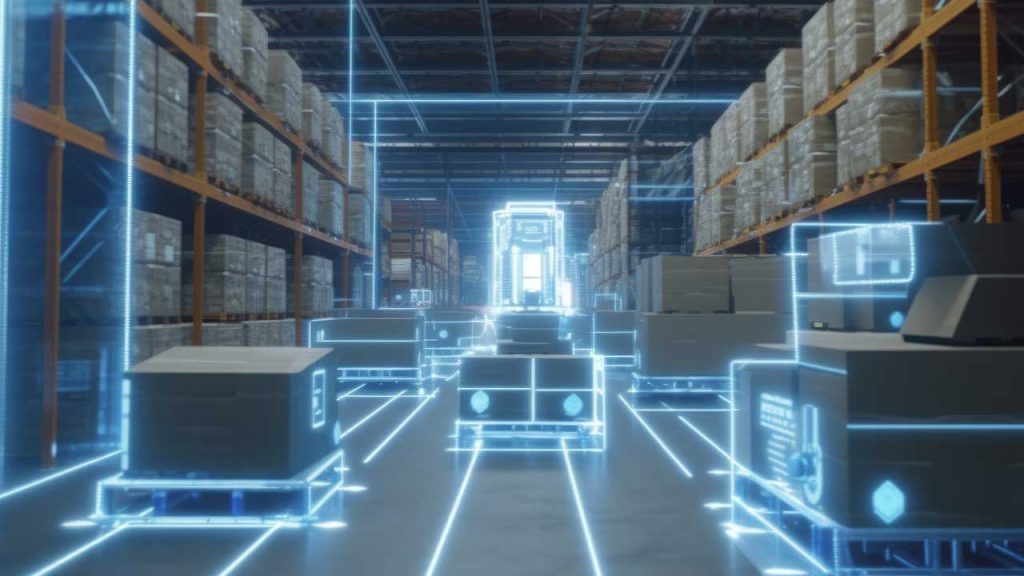
From APIs to Digital Twins: Warehouse Integration Strategies for Smarter Supply Chains
The landscape of warehousing and supply chains is changing rapidly. Modern manufacturers, distributors, and energy companies face rising customer expectations for speed and transparency; for example, over 90% of U.S. consumers now expect 2–3 day delivery…
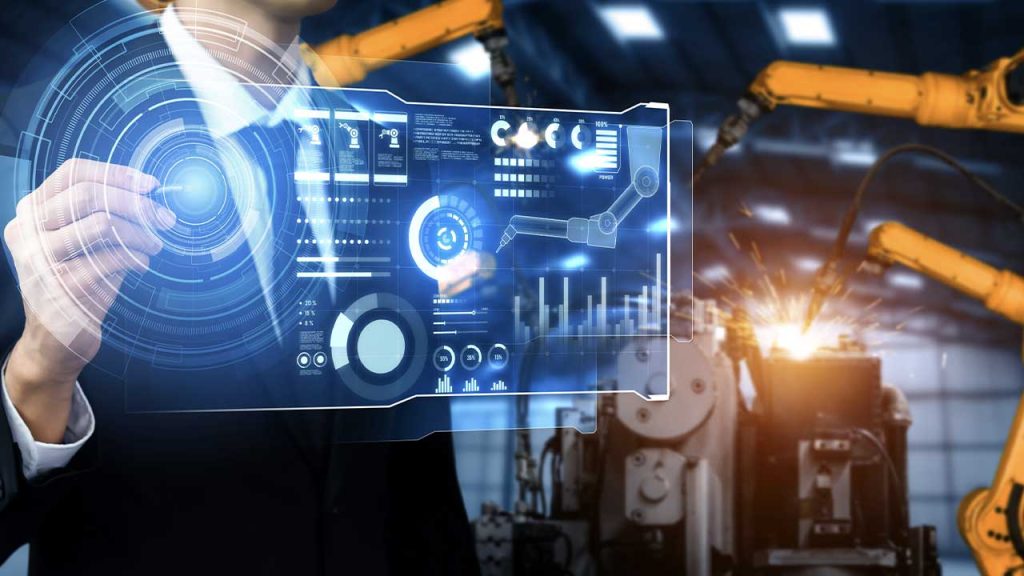
AI Frontiers 2025: Driving the Next Revolution in Smart Manufacturing
On Wednesday, September 10, 2025, IIoT World will host AI Frontiers 2025: Driving the Next Revolution in Smart Manufacturing, a free online event bringing together global leaders in AI, industrial data, IIoT, and digital transformation.This one-day virtual conference explores…

September 2025 Industrial IoT & ICS Cybersecurity Events
As industrial digital transformation accelerates, September 2025 offers a rich lineup of must-attend events focused on Industrial IoT, cybersecurity, smart manufacturing, and sustainable innovation. From in-person gatherings in major hubs like Houston, Chicago, and London to…
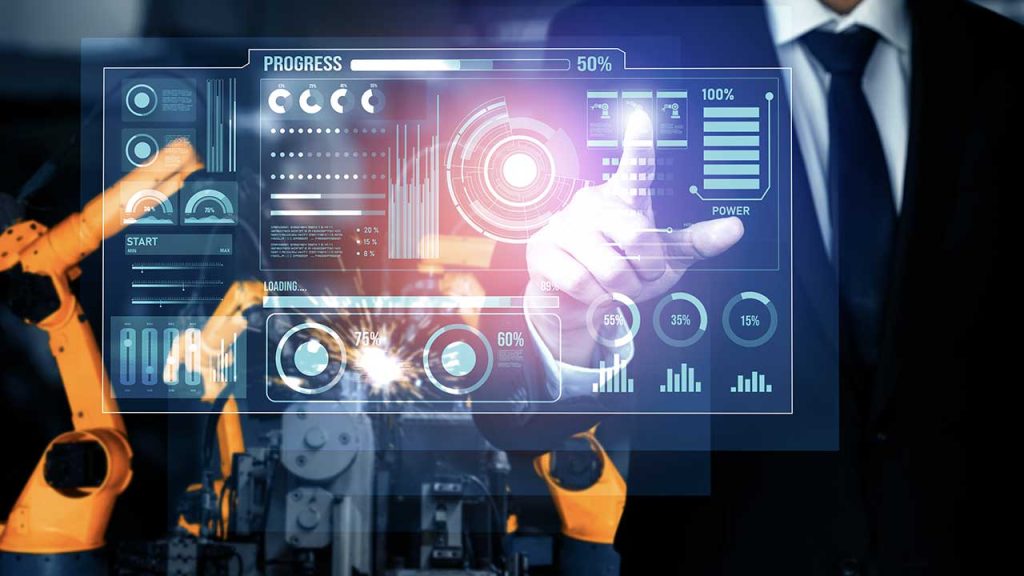
Scaling Factory Expertise: Achieve Expert-Level Diagnostics 10x Faster with AI
Manufacturers today are navigating a perfect storm: surging production demands, a retiring workforce, and legacy equipment that can’t keep pace with modern expectations. According to the National Association of Manufacturers, 1.9 million jobs may remain unfilled in…
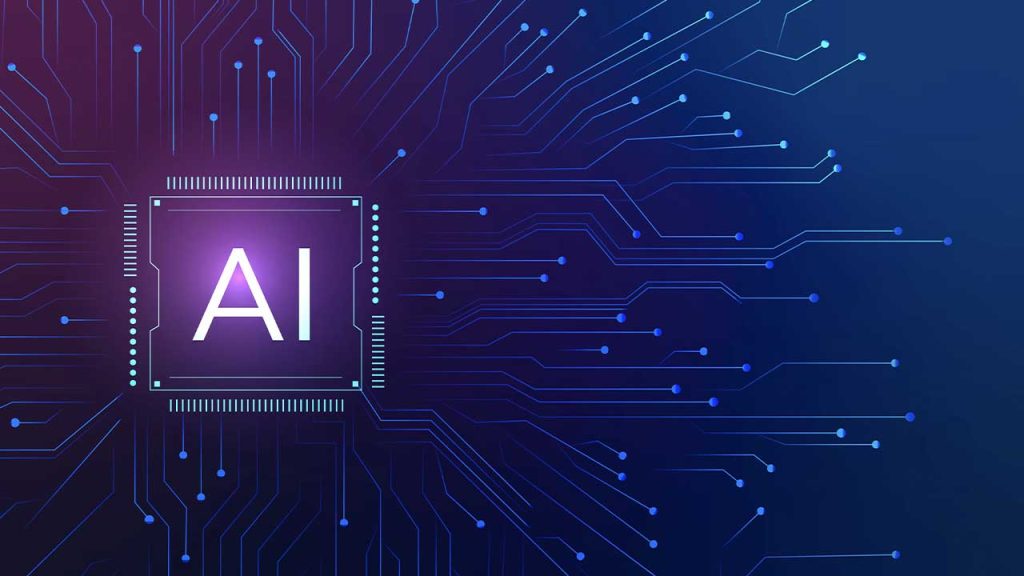
Before the AI Magic: Why Manufacturing’s Biggest GenAI Problem Is Still Data
Generative AI promises a revolution on the shop floor—faster decision-making, adaptive production, smarter quality control. But ask any manufacturing leader what’s actually slowing things down, and you won’t hear about algorithms. You’ll hear about data.At IIoT…
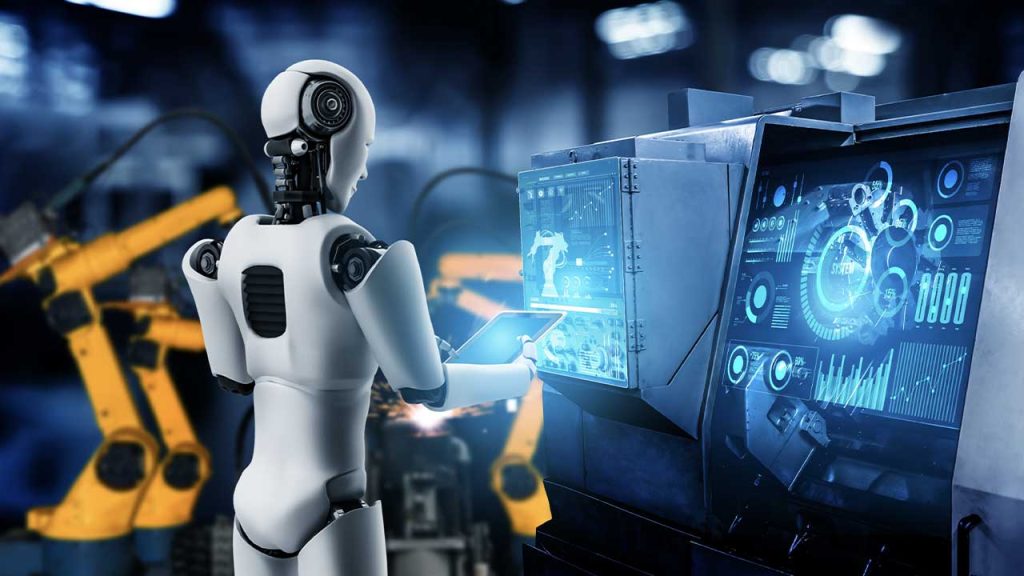
AI as a Skill Multiplier in Manufacturing, Not a Replacement
As AI tools and automation platforms race ahead, manufacturers face a critical question: is technology helping the workforce, or quietly pushing it aside? In the world of smart manufacturing, the answer is increasingly clear—AI works best…
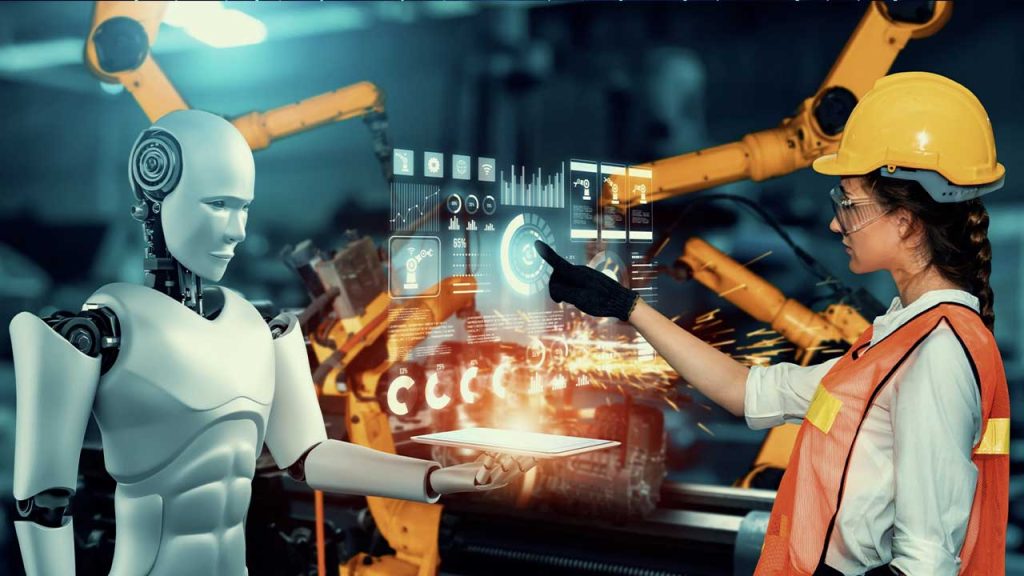
Why AI Success in Manufacturing Starts with Leadership, Not Code
Manufacturers don’t lack AI tools. They lack the readiness to use them well. That was one of the clearest undercurrents at IIoT World’s Manufacturing Day session on generative AI. While the panelists from Siemens, Databricks, and…

The Hidden Advantage of Generative AI in Manufacturing: Speed, Not Just Smarts
For manufacturers, generative AI isn’t just about prediction—it’s about eliminating bottlenecks in model creation and deployment.While predictive maintenance and quality optimization often dominate the conversation around AI in manufacturing, a more transformative shift is quietly underway: AI…


